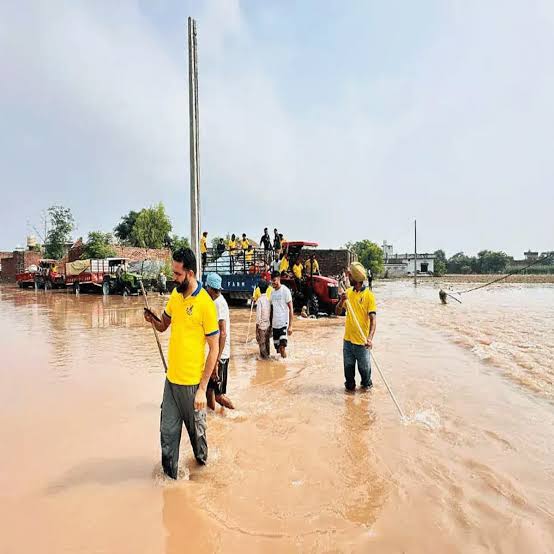UP: पीएम मोदी का जन्मदिवस: विधानसभा अध्यक्ष ने खिलाए "गुलगुले"
Haryana to Set Up Three Waste-to-Energy Plants in Urban Belt
Chandigarh / Haryana, September 12, 2025 — The Haryana Government has approved the establishment of three Waste-to-Energy (WTE) plants in the next two years in the rapidly urbanizing regions of Gurgaon, Manesar, and Faridabad. The move is part of the government’s broader “Haryana Shehar Swachhata Abhiyan-2025,” aimed at improving waste management and reducing dependence on fossil fuel-based electricity.
Chief Minister Nayab Singh Saini announced the plan in a recent high-level meeting on urban waste management. According to the government, these WTE plants will convert municipal solid waste into clean energy. Officials say state-of-the-art emissions control technologies will be used to ensure environmental safety, and local bodies will be tasked with ensuring segregation of waste at source to make the plants efficient.
The announcement comes amid growing concerns about waste accumulation in fast-growing urban areas. Gurgaon and Faridabad, in particular, have seen rising pressures on landfills, increasing pollution, and complaints of foul odours and environmental hazard. The three plants are expected to ease that burden by reducing solid waste volumes while generating electricity to meet part of the urban energy demand.
Chief Minister Saini directed local administrations to prepare detailed action plans for each plant, including site selection, environmental clearances, and community involvement. He emphasised that the projects must be transparent, with public participation in monitoring to reduce the risk of past failures in similar projects.
Environmentalists, while welcoming the push for cleaner waste disposal, have expressed caution. They recall the problems faced by earlier WTE projects like in Okhla, where emissions and operational issues caused public concern. To address these fears, the government has promised rigorous oversight and installation of modern filtration systems.
Implementation timelines are tight: the first of the three plants is expected to be operational before the next major festival season, with all three set to be functional within two years. If successful, the project could serve as a model for urban waste management in other rapidly growing regions of northern India.














Add Comment